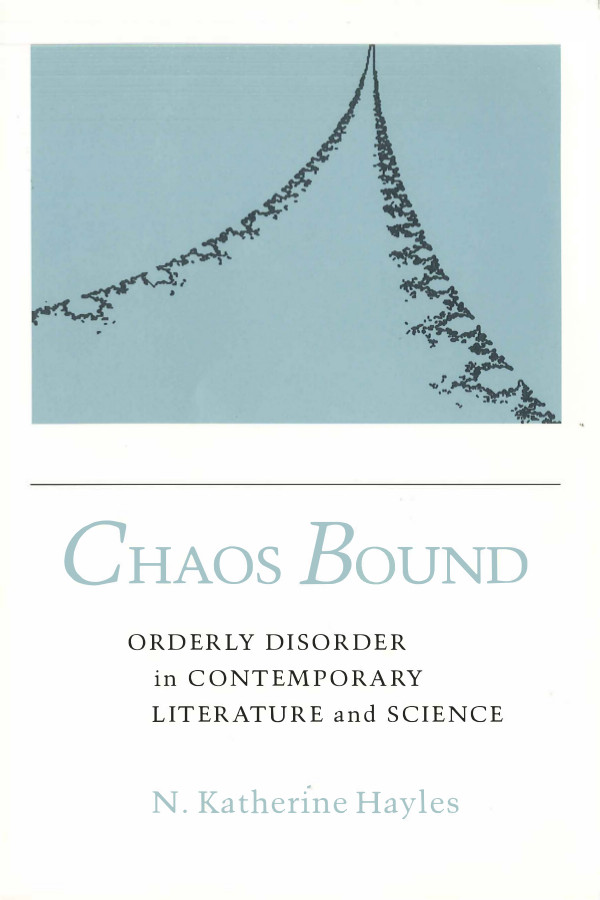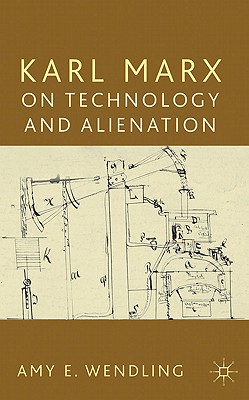Jacques Monod: Chance and Necessity (1970–) [FR, EN, DE, RO, IT]
Filed under book | Tags: · biology, causality, chance, cybernetics, evolution, genetics, god, information, life, materialism, necessity, noise, philosophy, science, thermodynamics

In this classic book, Nobel Prize winner Jacques Monod interprets the processes of evolution to show that life is only the result of natural processes by “pure chance”. The basic tenet of this book is that systems in nature with molecular biology, such as enzymatic biofeedback loops can be explained without having to invoke final causality. (from Wikipedia)
Publisher Seuil, Paris, 1970
197 pages
English edition
Translated by Austryn Wainhouse
Publisher Vintage, 1971
199 pages
Reviews and commentaries: Bernard Strauss & Erica Aronson (Perspectives in Biology and Medicine, 1972), R.J. Hernstein (Commentary, 1972), F. Eugene Yates & Arthur S. Iberall (Annals of Biomedical Engineering, 1973), Danny Yee (1994), Oren Harman (LA Review of Books, 2014).
Le Hasard et la Nécessité (French, 1970, 7 MB)
Chance and Necessity (English, trans. Austryn Wainhouse, 1971, 29 MB, no OCR)
Zufall und Notwendigkeit (German, trans. Friedrich Griese, 1977)
Hazard si necesitate (Romanian, trans. Sergiu Sararu, 1991, 15 MB)
Il caso e la necessità (Italian, 1997, 7 MB)
N. Katherine Hayles: Chaos Bound: Orderly Disorder in Contemporary Literature and Science (1990)
Filed under book | Tags: · chaos theory, entropy, history of literature, information theory, literary theory, literature, nonlinearity, physics, postmodernism, poststructuralism, science, thermodynamics, writing

“At the same time that the study of nonlinear dynamics came into its own in the sciences, the focus of literary studies shifted toward local, fragmentary modes of analysis in which texts were no longer regarded as deterministic or predictable. N. Katherine Hayles here investigates parallels between contemporary literature and critical theory and the emerging interdisciplinary field known as the science of chaos. She finds in both scientific and literary discourse new interpretations of chaos, which is seen no longer as disorder but as a locus of maximum information and complexity. The new paradigm of chaos includes elements that, Hayles shows, were evident in literary theory and literature before they became prominent in the sciences. She asserts that such similarities between the natural and human sciences are the result not of direct influence but of roots in a common cultural matrix.
Hayles traces the evolution of the concept of chaos and evaluates the work of such theorists as Prigogine, Feigenbaum, and Mandelbrot, for whom chaos entails an unpredictably open universe in which knowledge is limited to local sites and scientific models can never exhaust the possibilities of the actual. But this view does not imply that scientists have given up the search for global explanations of natural phenomena, for chaos is conceived of as containing its own form of order. Hayles envisions chaos as a double-edged sword: it can be viewed either as a recognition that disorder plays a more important role in natural processes than had hitherto been recognized or as an extension of order into areas that had hitherto resisted formalization. She examines structures and themes of disorder in The Education of Henry Adams, Doris Lessing’s Golden Notebook, and works by Stanislaw Lem. Hayles concludes by showing how the writings of poststructuralist theorists incorporate central features of chaos theory-such as an interest in relating local sites to global structures; a conception of order and disorder as interpenetrating rather than opposed; an awareness that in complex systems small causes can lead to massive effects; and an understanding that complex systems can be both deterministic and unpredictable.
Chaos Bound contributes to and enliven current debates among chaos theorists, cultural critics and cultural historians, critical theorists, literary critics interested in nineteenth- and twentieth-century literature, researchers in nonlinear dynamics, and others concerned with the relation between science and culture.” (from the back cover)
Publisher Cornell University Press, 1990
ISBN 0801497019, 9780801497018
309 pages
via author
Review: Tom LeClair (SubStance, 1991)
See also Hayles, The Cosmic Web: Scientific Field Models and Literary Strategies in the Twentieth Century, 1984.
Comment (0)Amy E. Wendling: Karl Marx on Technology and Alienation (2009)
Filed under book | Tags: · alienation, capitalism, communism, labour, machine, philosophy, philosophy of technology, revolution, technology, thermodynamics, value, women, work

“In Karl Marx on Technology and Alienation, Amy Wendling draws on lesser known archival materials, including Marx’s notebooks on women and patriarchy and technology to offer a new interpretation of Marx’s concept of alienation as it develops throughout his works. For Marx, technology exemplifies the interaction between human beings and nature. Marx’s description of this interaction is in transition throughout his works. An older, humanist and vitalist paradigm sets the human being against nature as a qualitatively different type of force. A newer, thermodynamic paradigm sets the human being and nature in continuity. Marx’s work occurs at the juncture of these paradigms and contains elements of each. This affects his deployment of the concept ‘labor’. Labor is demoted from its status as a meaningful human activity that confers political status and mastery of the natural world, and it becomes a mere nodal point where energy is transferred. Against this backdrop, Marx increasingly appealed not to meaningful labor but to the abolition of labor as the culmination of human freedom. He also shows how the labours of members of the working class, including women, are interpreted in the old and new paradigms.”
Publisher Palgrave Macmillan, 2009
ISBN 0230224407, 9780230224407
272 pages
Reviews: Chris Arthur (Marx & Philosophy Review of Books, 2010), Richard Cotter (LSE Review of Books, 2013), Tom Bunyard (Historical Materialism, 2014), McKenzie Wark (Public Seminar, 2015).
Comment (0)
